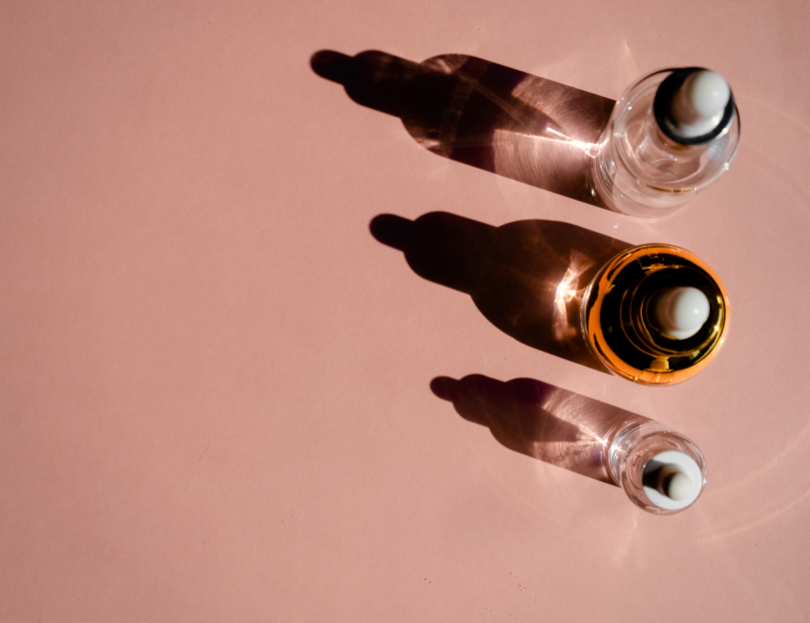Topical Retinoids are Vitamin A derivatives.
How do they work?
- They are effective in both the superficial (epidermis) and deep (dermis) layers of the skin.
- They clean the dead cells on the epidermis through exfoliation, preventing clogged pores, blackheads, and acne formation.
- They trigger collagen and elastin production in the dermis, improving the appearance of wrinkles.
- They are anti-aging agents that combat the DNA damage caused by UV radiation.
- As skin cells renew, they contribute to gradual improvement in pigmentation.
How to use?
- Available in forms like creams, gels, serums, with different concentrations.
- Prescription forms include tretinoin, tazarotene, adapalene, while cosmetic products contain retinol, retinyl esters, retinaldehyde.
- Active forms are Retinyl esters, retinol, retinaldehyde, and tretinoin.
- Preceding exfoliation can enhance the penetration of retinoids, but not suitable for combined use on all skin types.
- Healing effect on acne can be observed after at least 1 month, while rejuvenating (anti-aging) effect takes a minimum of 3 months of usage.
Points to consider!
- Retinoids do not work the same for everyone; some skin types may not tolerate them.
- Common side effects include redness, burning, itching, and dryness. Gradual usage and avoiding excessive application are important when introducing retinoids to your skin (low concentration, twice a week, and short waiting times).
- Increases sensitivity to sunlight. Applying at night and using SPF during the day is necessary.
- Not suitable for use during pregnancy and breastfeeding.
How to incorporate Retinoids into skincare?
1. Skin acclimatization method – once a week with a minimal dose.
2. Sandwich technique – moisturizer – retinoid – moisturizer.
About Retinyl Esters…
Retinyl palmitate and retinyl acetate
These topical retinoid forms are not sufficiently effective for anti-aging purposes.
Instead, use these agents:
- Retinol
- Retinaldehyde
- Adapalene
- Tretinoin
- Tazarotene


